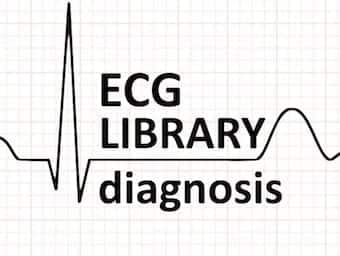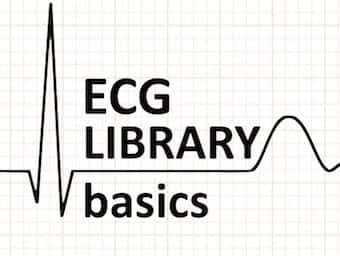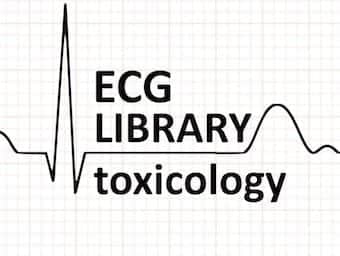
Lateral STEMI
A review of the ECG features of lateral myocardial infarction (STEMI). Lateral STEMI ECG with LITFL ECG Library

A review of the ECG features of lateral myocardial infarction (STEMI). Lateral STEMI ECG with LITFL ECG Library

ECG changes seen with raised intracranial pressure (ICO) / intracranial haemorrhage and subarachnoid haemorrhage with ECG examples

ECG features of hypothyroidism (myxoedema) main triad: Bradycardia; Low QRS voltage; Widespread T-wave inversion

A review of the ECG changes seen in hypothermia. Hypothermia is defined as a core body temperature of < 35 degrees centigrade

ECG changes in Hypocalcaemia. QTc prolongation primarily by prolonging the ST segment. Dysrhythmias are uncommon

Hyperthyroidism and the most common ECG changes seen with thyrotoxicosis including Sinus tachycardia, AF and High left-ventricular voltage

Hyperkalaemia causes progressive conduction abnormalities on the ECG, most commonly manifesting as peaked T waves and bradycardia

A review of the ECG features of hypercalcemia. The main EKG abnormality seen with hypercalcaemia is shortening of the QT interval

Fusion beats associated with Ventricular tachycardia and Accelerated idioventricular rhythm (AIVR). Dressler beat (1952 - William Dressler)

Ventricular Escape Rhythm. Ventricular rhythm with rate of 20-40 bpm.QRS complexes are broad (≥ 120 ms) +/- LBBB or RBBB morphology

Junctional Escape Rhythm. A junctional rhythm with a rate of 40-60 bpm. QRS complexes are typically narrow (< 120 ms).

Digoxin toxicity ECG changes with dysrhythmias. Review of EKG features of digoxin toxicity and cardiotoxicity with example EKG